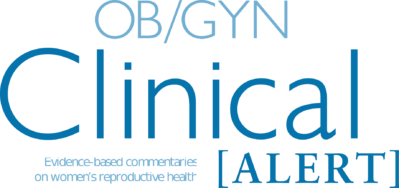
OB/GYN Clinical Alert – December 1, 2021
December 1, 2021
View Issues
-
Barriers to Abortion Care and Self-Managed Abortion
In this prospective national study among people searching for abortion care online, 28% of respondents reported attempting self-managed abortion. Respondents living farther from an abortion facility and facing barriers to care were more likely to attempt self-managed abortion.
-
Is Prenatal Screening for GBS Cost-Effective in the United States?
In this cost-effectiveness study, screening for group B streptococcus (GBS) at 36 0/7 to 37 6/7 weeks, with rescreening (if GBS results are negative after five weeks of initial screening), is the most cost-effective strategy.
-
Zuranolone Trial Shows Early Promise as an Oral Neuroactive Steroid for the Treatment of Postpartum Depression
Zuranolone was approved by the Food and Drug Administration for the treatment of postpartum depression (PPD) in March 2019. One potential factor identified in PPD etiology is the dramatic perinatal changes in circulating levels of allopregnanolone, a neuroactive steroid with gamma-aminobutyric acid type A (GABAA) receptor positive allosteric modulator properties. In brain regions associated with emotion and self-perception, neural network connectivity supported by GABAergic signaling is positively correlated with plasma allopregnanolone concentrations in individuals with PPD vs. healthy postpartum female individuals.
-
Are Female Surgeons at Higher Risk for Infertility and Pregnancy Complications?
In this cross-sectional national survey of 850 surgeons, compared to the partners of male surgeons, female surgeons were more likely to have fewer children (1.8 vs. 2.3) and to delay having children because of surgical training (65% vs. 44%). Female surgeons also were more likely to use assisted reproductive technology (25% vs. 17%).
